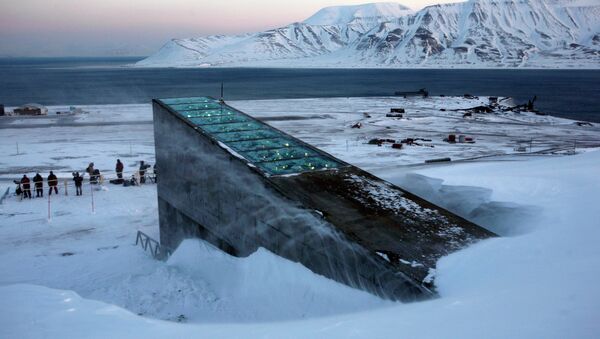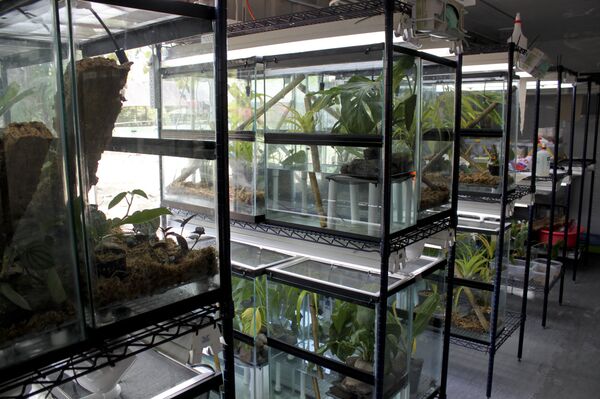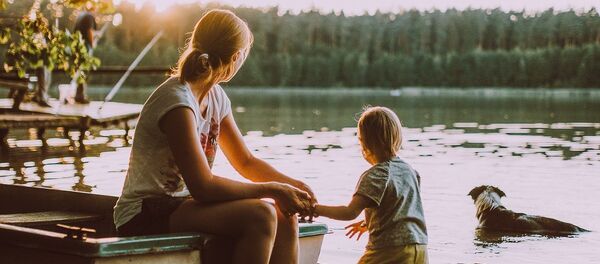The Svalbard Global Seed Vault is perhaps one of the best-known projects in a growing global campaign to protect endangered elements for safekeeping.
Located on Spitsbergen Island, Norway it is a deep underground reserve where researchers have collected seeds that contain the genetic diversity necessary to breed new varieties able to endure changing climate.

The safe house can hold up to 2.25 billion seeds and at present contains about 5,000 species of essential food crops.
The San Diego Zoo’s Frozen Zoo is also making every effort to cryogenically preserve in liquid nitrogen living cell cultures, sperm, eggs and embryos for some 1,000 species in liquid nitrogen.
Furthermore, the Smithsonian’s National Zoo in Washington has the world’s largest collection of frozen exotic-animal milk, from large mammals such as orcas to small ones such as critically endangered fruit bats.
Another international project called Amphibian Ark engages in off-site conservation projects by relocating amphibians indoors for their protection and sperm collection. Amphibians are the most endangered species in the world today.
An organization called the International Society for Biological and Environmental Repositories represents over 1,300 biobanks containing specimens like viruses and the reproductive cells of clouded leopards.
According to the president of this organization, Zisis Kozlakidis, “There is a very intense feeling that we’re losing biodiversity quicker than we can understand it.”
It is humans who are responsible for the extinction of species and not some cataclysmic event such as an asteroid or volcanic eruption.
Human activities have changed the atmosphere and altered the chemistry of air, water and land.
Hence, the rapid disappearance of many animal, insect and fish species are making scientists desperate to preserve what still remains.
There are still many more projects around the world aimed at safekeeping inhabitants of planet Earth.
The Coral Restoration Foundation situated in Florida Keys contains world’s largest collection of corals. The endangered species are facing extinction due to overfishing, warming water temperatures and the acidification of oceans.
The National Lab for Genetic Resources Preservation located at Fort Collins, Colorado plans to grow coral from cryopreserved coral sperm and thawed sperm and, for the first time, transplant it back into the wild.

Similarly, the US National Ice Core Laboratory in Lakewood, Colorado is a 55,000-cubic-foot, minus-33-degree freezer that holds some 62,000 feet of ice rods taken out of ice sheets and glaciers with machines.
The oldest ice stored in this lab is 417,000 years old and comes from Princess Elizabeth Land in Antarctica.
In order to better understand historical climates, ice core scientists and engineers from 24 countries are currently looking for a site to drill a 1.5 million year old or older ice core.





